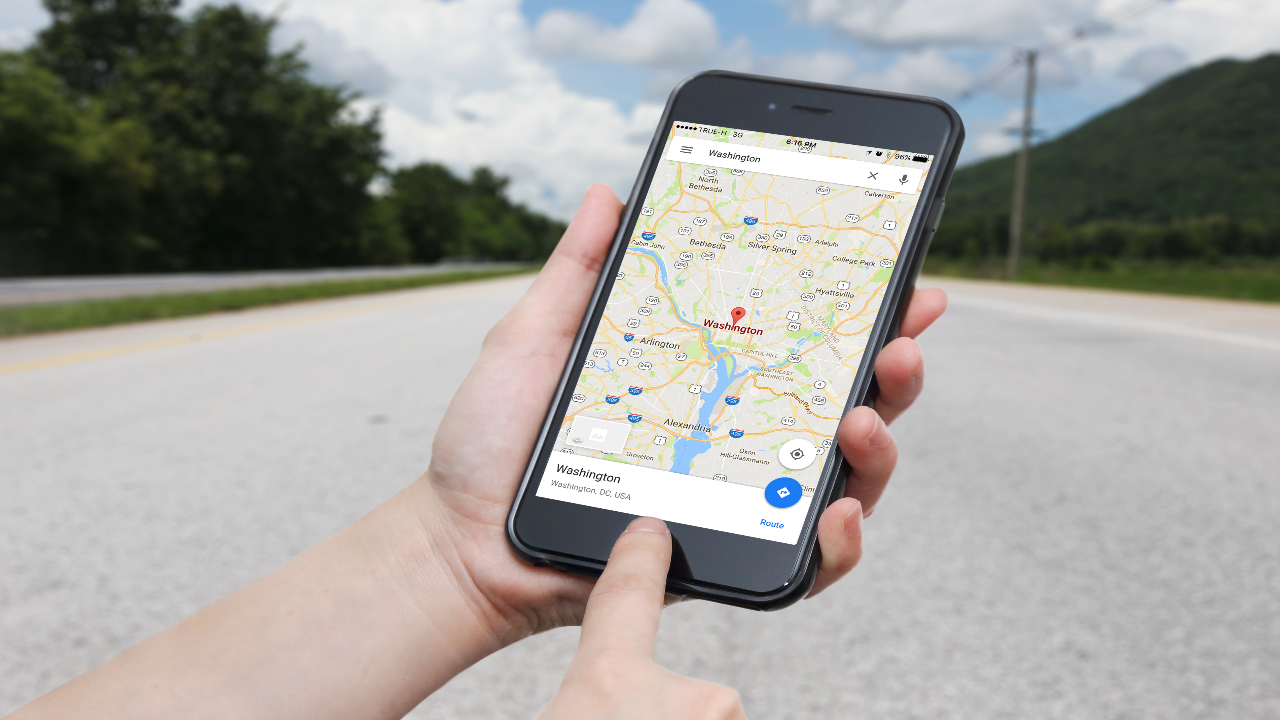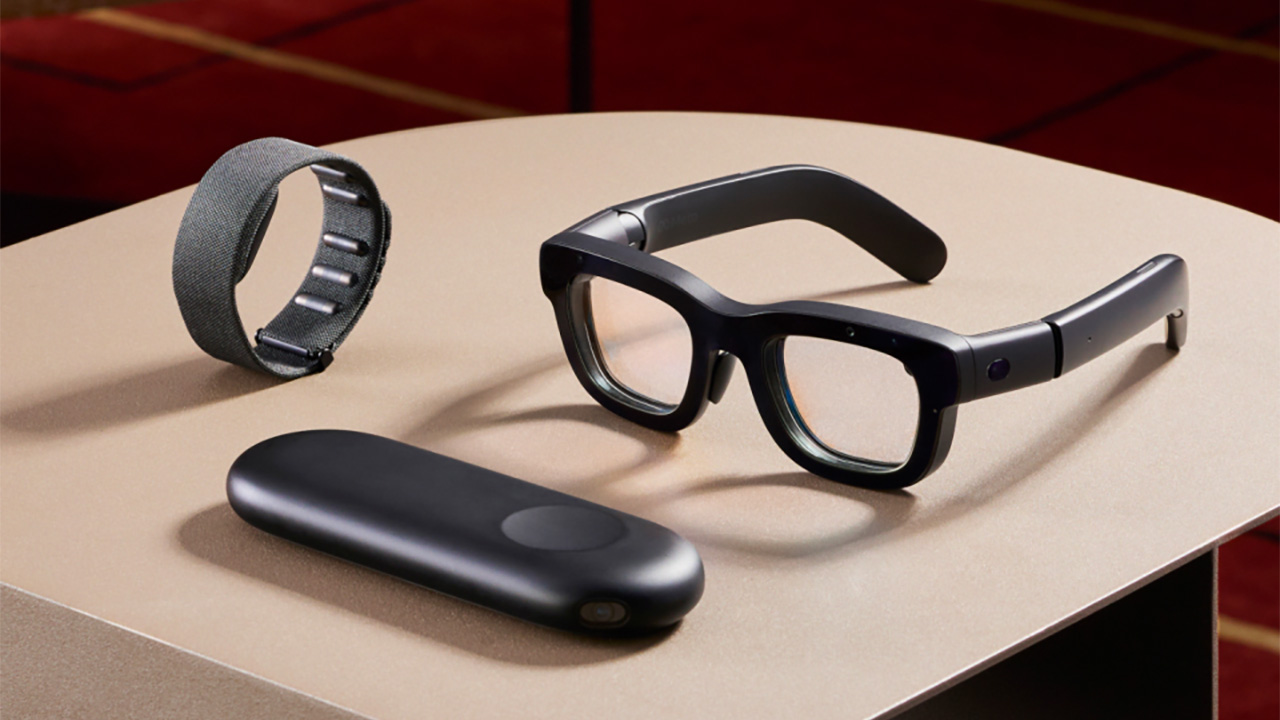
Google Maps has been given an update which should help people keen to avoid public transport that’s too crowded. For many of us, a packed train was miserable before the global pandemic, now it’s something to actively avoid if you’re trying to put a bit of distance between you and other people.
Google’s system is called transit crowdedness predictions and it’s currently in the process of expanding to 10,000 transit companies in 100 countries. You’ll see a variety of data, most of which is either user submitted or based on Google’s AI technology, and data from people using Google Maps. In short, it works a bit like Waze, noting where people with the app are and using that to build up a picture of how many people are in one place.
Google’s also working on a more limited trial that will tap into transit providers information directly. In the UK some trains are able to detect how busy carriages are, and that data is used to help people find a less busy spot on the train. It’s not a nationwide system, but increasingly companies are making transport smarter so this should grow over time. Pilots currently running in New York and Sydney are showing data that’s accurate down to the specific train carriage.
- This Google Maps feature is a lifesaver – literally
- Google Chrome for iOS gets some great new features
This is generally a big help for anyone who wants to avoid busy times. For many of us, waiting 30 minutes to an hour to get a seat is well worth the sacrifice and post-pandemic some employers are a bit more flexible about start times if you’re worried about being sardined into a sweaty train.
Also coming to Android devices running Google Maps, and where users have opted in to location history, is the ability to see how you use your time. Want a breakdown of how much of your life you wasted at Starbucks, Google can help with that. Likewise, you’ll be able to see how long you’ve been enjoying your office and the nearby pub, at lunch.
Google’s also added Trips to Timeline, which will allow you to look at photos and memories from places you’ve visited, you know, before we all became involuntary hermits.
Sign up to the T3 newsletter for smarter living straight to your inbox
Get all the latest news, reviews, deals and buying guides on gorgeous tech, home and active products from the T3 experts
Ian has been involved in technology journalism since 2007, originally writing about AV hardware back when LCDs and plasma TVs were just gaining popularity. Nearly 15 years on, he remains as excited about how tech can make your life better.
-
 Build unshakeable core strength with a kettlebell and these three exercises
Build unshakeable core strength with a kettlebell and these three exercisesAdd this to the end of your workout to fire up your midsection muscles
By Bryony Firth-Bernard Published
-
 The next big tech battlefield is AR Glasses – and Apple is ready to fight
The next big tech battlefield is AR Glasses – and Apple is ready to fightTim Cook is said to "care about nothing else"
By Sam Cross Published